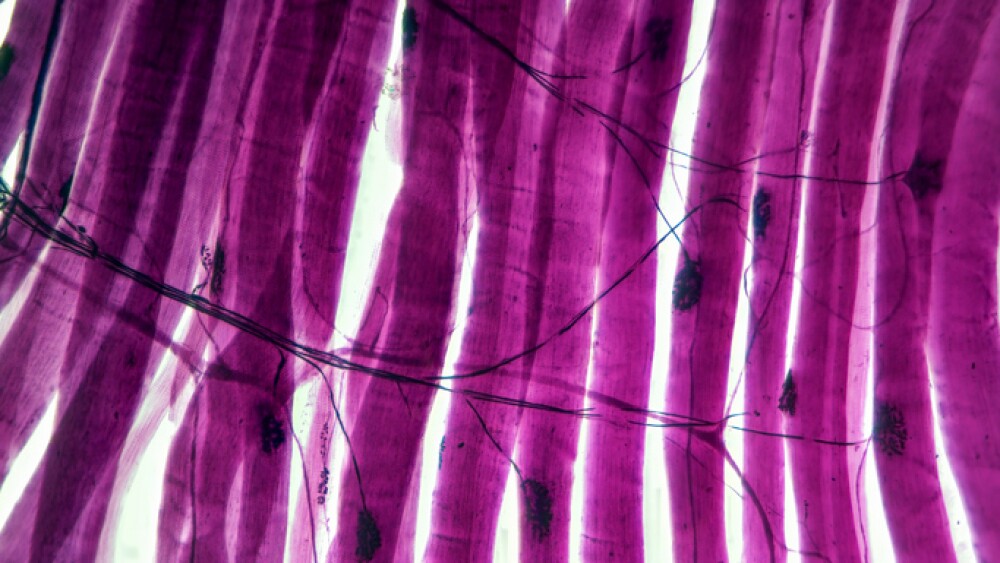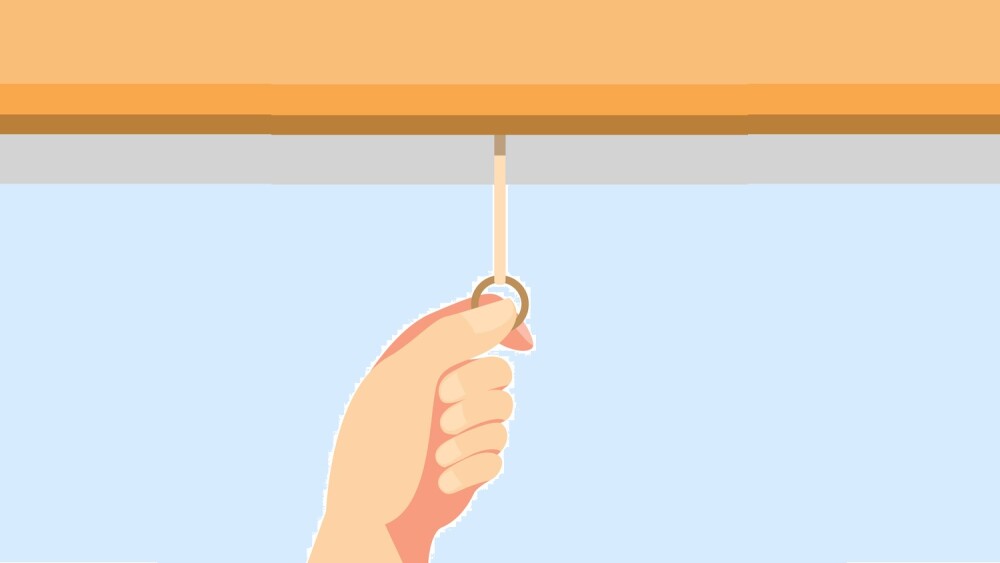Cardiovascular Systems, Inc. (CSI®) (NASDAQ: CSII), a medical device company developing and commercializing innovative interventional treatment systems for patients with peripheral and coronary artery disease (PAD and CAD), presented three-year outcomes from its LIBERTY 360° study in a late-breaking presentation at the 2019 Amputation Prevention Symposium (AMP) in Chicago.
LIBERTY 360° is a prospective, observational, multi-center post-market study that enrolled over 1,200 patients at 51 sites across the United States, including 501 patients with claudication (Rutherford Classifications, or RC, 2-3), 603 patients with critical limb ischemia (CLI; RC4-5) and 100 patients with the most severe form of CLI (RC6). The study included any endovascular device FDA-cleared for treatment of PAD. Enrollment was completed in February 2016 and patients will be followed for up to five years.
The three-year study outcomes were presented at AMP by Dr. Jihad A. Mustapha, MD, FACC, FSCAI, Advanced Cardiac & Vascular Amputation Prevention Centers, Grand Rapids, Michigan. Dr. Mustapha’s presentation highlighted continued high freedom from major amputation at three years (RC2-3, 98.5%; RC4-5, 93.9%; and RC6, 79.9%).
In his presentation, Dr. Mustapha also noted that CSI’s orbital atherectomy system (OAS) was the most frequently used atherectomy device in the study and that the OAS sub analysis of the LIBERTY data indicated high freedom from major amputation (RC2-3, 100%; RC4-5, 95.3%; and RC6, 88.6%) with no additional amputations reported after the two-year visit.
Said Dr. Mustapha, “LIBERTY 360° represents as close to a real-world experience as possible with various endovascular strategies across Rutherford Classifications. In addition to demonstrating durable clinical outcomes, LIBERTY 360° also demonstrated a positive quality of life impact to the PAD patients in the study. Quality of life scores improved significantly by 30 days post-procedure and were maintained out to three years.
“The durable outcomes from the endovascular-first approach demonstrated in LIBERTY 360° are indicative of key findings from other recent studies published in the Journal of the American Heart Association and Circulation: Cardiovascular Quality and Outcomes. Compared to primary amputation, revascularization approaches have shown to be associated with longer survival time, lower risk of subsequent amputation, and lower healthcare costs. Furthermore, within revascularization strategies, an endovascular approach has been associated with a lower risk of amputation than surgical bypass. Additionally, the importance of atherectomy as a treatment option for CLI is being reinforced based on a new analysis of Medicare data that I first presented at AMP where atherectomy showed statistically lower rates of mortality and major amputation relative to percutaneous transluminal angioplasty, stent placement, or surgical bypass among patients with CLI.”
Said Scott Ward, CSI’s Chairman, President and Chief Executive Officer, “The body of evidence in the field of peripheral arterial disease is building and yielding new insights for the optimal care of patients. CSI is committed to serving as a leader in the study of PAD and CLI patients and to continually advancing the technology used to treat this underserved patient population.”
About Peripheral Artery Disease (PAD)
As many as 18 million Americans, most over age 65, suffer from PAD, which is caused by the accumulation of plaque in peripheral arteries reducing blood flow. Symptoms include leg pain when walking or at rest. Left untreated, PAD can lead to severe pain, immobility, non-healing wounds and eventually limb amputation. With risk factors such as diabetes and obesity on the rise, the prevalence of PAD is growing at double-digit rates.
Millions of patients with PAD may benefit from treatment with orbital atherectomy utilizing the Stealth 360® and Diamondback 360® Peripheral Orbital Atherectomy Systems, minimally invasive catheter systems developed and manufactured by CSI. These systems use a diamond-coated crown, attached to an orbiting shaft, which sands away plaque while preserving healthy vessel tissue — a critical factor in preventing reoccurrences. Balloon angioplasty and stents have significant shortcomings in treating hard, calcified lesions. Stents are prone to fractures and high recurrence rates, and treatment of hard, calcified lesions often leads to vessel damage and suboptimal results.
About Cardiovascular, Systems, Inc.
Cardiovascular Systems, Inc., based in St. Paul, Minn., is a medical device company focused on developing and commercializing innovative solutions for treating vascular and coronary disease. The company’s OAS treat calcified and fibrotic plaque in arterial vessels throughout the leg and heart in a few minutes of treatment time, and address many of the limitations associated with existing surgical, catheter and pharmacological treatment alternatives. The U.S. FDA granted 510(k) clearance for the use of the Diamondback OAS in peripheral arteries in August 2007. In October 2013, the company received FDA approval for the use of the Diamondback OAS in coronary arteries. The Stealth 360® Peripheral OAS received CE Mark in October 2014. In March 2017, the company received PMDA approval in Japan for the Diamondback 360® Coronary OAS Micro Crown and reimbursement approval effective February 2018. Over 470,000 of CSI’s devices have been sold to leading institutions worldwide. For more information, visit the company’s website at www.csi360.com.
About LIBERTY 360°
LIBERTY 360° is a real-world, one-of-a-kind study designed to evaluate the acute and long-term clinical and economic outcomes of peripheral vascular interventions in patients with peripheral artery disease (PAD). With over 1,204 patients enrolled at 51 sites across the United States, it is among the first PAD studies to investigate patients across the spectrum of symptomatic PAD, including an unprecedented 100 Rutherford Classification 6 patients, who are more difficult to study. As an “all comers” study, LIBERTY 360°’s novel trial design included any endovascular device FDA-cleared for treatment of PAD.
LIBERTY 360° is among the first PAD studies to investigate patients across the spectrum of symptomatic PAD and will assess numerous parameters including procedural success, rate of major adverse events, duplex ultrasound findings, quality of life, six-minute walk test, wound status, and economic outcomes.
More information about the study design is available at www.ClinicalTrials.gov; identifier: NCT01855412.
Product Disclosure
The Stealth 360® PAD System and Diamondback 360® PAD System are percutaneous orbital atherectomy systems indicated for use as therapy in patients with occlusive atherosclerotic disease in peripheral arteries and stenotic material from artificial arteriovenous dialysis fistulae. The systems are contraindicated for use in coronary arteries, bypass grafts, stents or where thrombus or dissections are present. Although the incidence of adverse events is rare, potential events that can occur with atherectomy include: pain, hypotension, CVA/TIA, death, dissection, perforation, distal embolization, thrombus formation, hematuria, abrupt or acute vessel closure, or arterial spasm.
Caution: Federal law (USA) restricts this device to sale by, or on the order of, a physician.
Safe Harbor
Certain statements in this news release are forward-looking statements within the meaning of the Private Securities Litigation Reform Act of 1995 and are provided under the protection of the safe harbor for forward-looking statements provided by that Act. For example, statements in this press release regarding future clinical evidence are forward-looking statements. These statements involve risks and uncertainties that could cause results to differ materially from those projected, including, but not limited to, actual study results; and other factors detailed from time to time in CSI’s SEC reports, including its most recent annual report on Form 10-K and subsequent quarterly reports on Form 10-Q. CSI encourages you to consider all of these risks, uncertainties and other factors carefully in evaluating the forward-looking statements contained in this release. As a result of these matters, changes in facts, assumptions not being realized or other circumstances, CSI’s actual results may differ materially from the expected results discussed in the forward-looking statements contained in this release. The forward-looking statements made in this release are made only as of the date of this release, and CSI undertakes no obligation to update them to reflect subsequent events or circumstances.
View source version on businesswire.com: https://www.businesswire.com/news/home/20190816005322/en/
Contacts
Cardiovascular Systems, Inc.
Jack Nielsen
(651) 202-4919
j.nielsen@csi360.com
Padilla
Matt Sullivan
(612) 455-1709
matt.sullivan@padillaco.com
Source: Cardiovascular Systems, Inc.





